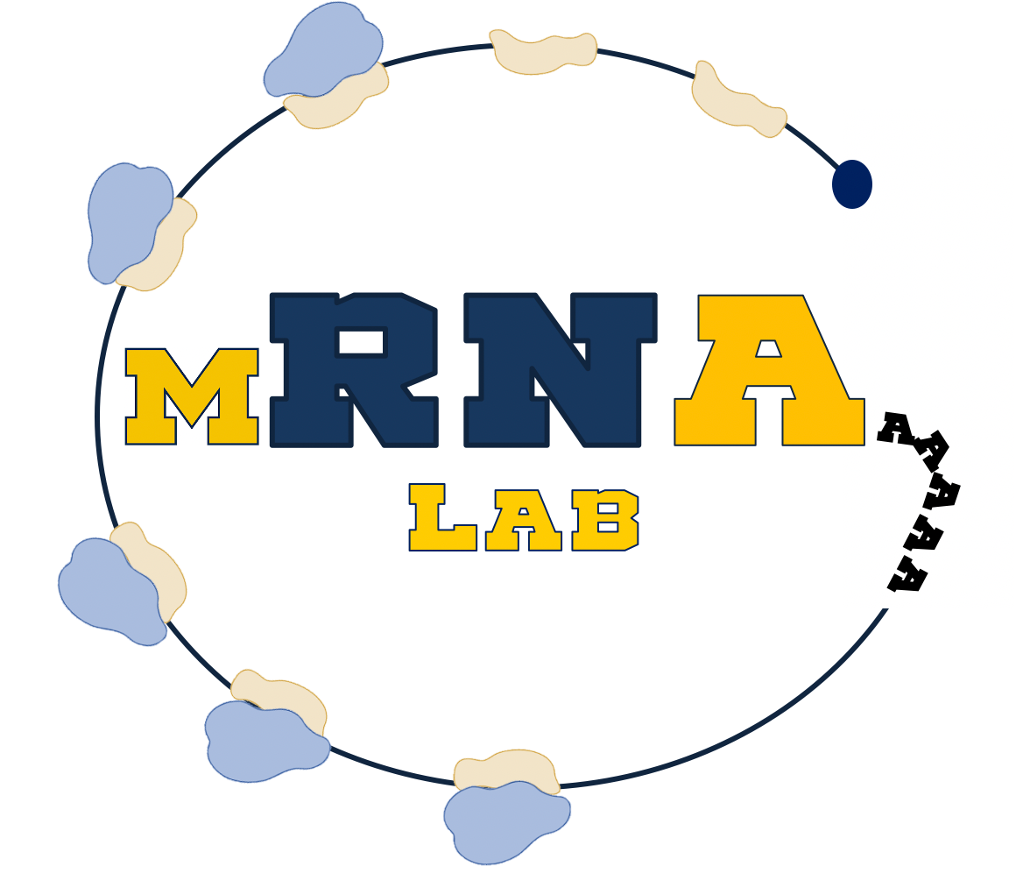Why 5’UTRs?
As the primary site of contact for initiation complexes the 5'-UTR sequences are well positioned to mediate differences in translation efficiency. 5'-UTR sequences can also vary dramatically within individual genes; In some tissues, 5'-UTR variants actually contribute more diversity to the transcriptome than alternative splicing. 5′-UTR isoform switching either via differences in splicing or alternate promoter usage is also common in cancer cells, and can explain some differences in biological behaviors between cancer subtypes. Together, these observations demonstrate that alternative 5' UTR usage is a widespread phenomenon, however the mechanisms and full functional consequences of this heterogeneity are not well understood. One likely outcome of alternative 5'-UTR usage is a change in protein output. Our work has shown that the majority of 5'-UTR isoforms in yeast differ significantly in their ability to recruit ribosomes (Niederer et al Cell Systems 2022). This suggests that differential isoform expression is a major regulatory mechanism controlling protein expression.
